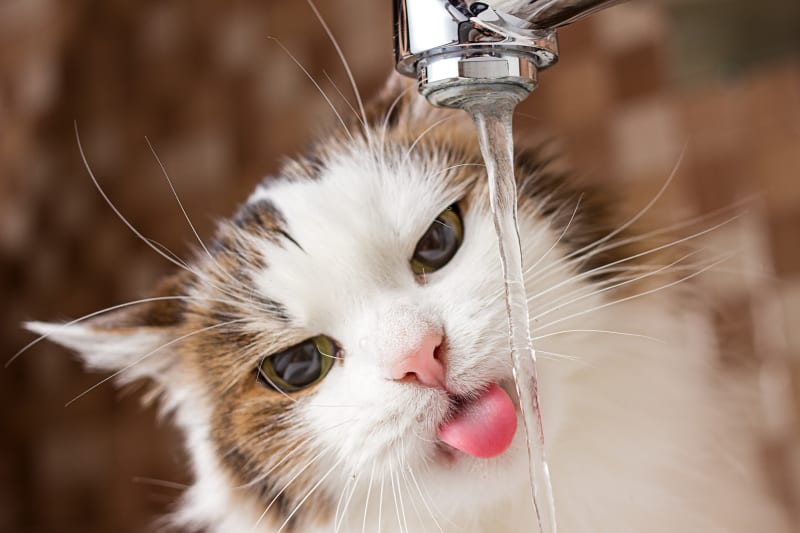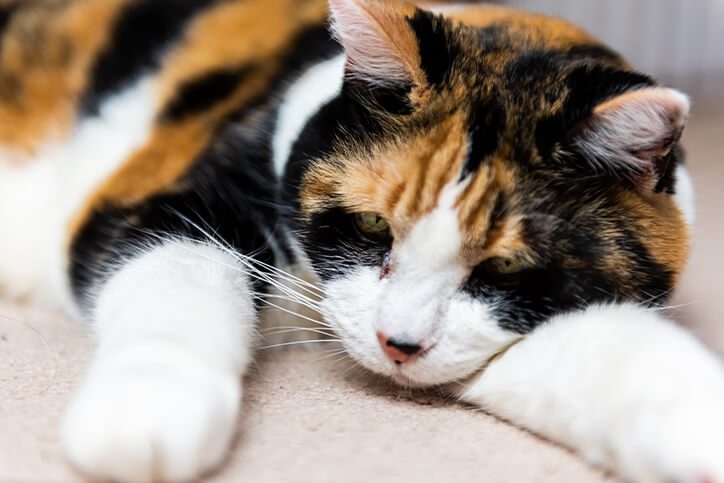How to Encourage a Kitten to Drink Water?
Water is essential to your cat’s wellbeing, helping hydrate them and supporting their kidney health.
Dehydration can manifest itself through various symptoms, including decreased energy, dry mouth and diarrhea.
Your kitten might just need some additional incentive to drink more water! Consider trying different water vessels, locations and textures that pique his interest to encourage him or her to drink up.
1. Make it fun
Cats can quickly become dehydrated, leading to urinary tract infections and kidney diseases. If your kitten isn’t drinking enough water, try these simple strategies to encourage him or her to drink up!
Catnip or adding low-sodium tuna or chicken broth drops can add some zest to your kitten’s water, giving her something special on otherwise boring days. Some cats even enjoy licking ice cubes as a cooling measure!
Introduce water gradually and in small doses for best results; do not bombard your kitten with too much at once as this could frighten them, leaving a lifetime fear of it in its place.
Fearful kittens often resist drinking water out of instinctive fear for its potential danger, so placing water bowls throughout your home provides more opportunities for her to access and drink from it. Plastic bowls may tickle her whiskers so experiment with various sizes and materials until your cat finds what suits him or her best.
2. Run the tap
When your cat’s water bowl isn’t being used much, try moving it. Cats don’t like having their food and water close together due to an instinct from their African wildcat ancestors that helps prevent contamination of water with pee and poop.
Another alternative is a pet water fountain, which will supply your kitty with continuous running water to drink throughout the day. Note that these devices often require electricity; make sure there’s easy access to a plug nearby!
As another way to keep your cat hydrated, regularly testing for dehydration is also key to helping ensure their wellbeing. Gently press your finger into their gums to see if their color returns to its usual pink within two seconds; if not or they look cherry red instead of pink then chances are your kitty may be dehydrated and this could lead to low energy, kidney disease, constipation in females and urethral obstruction in males. A vet can perform a physical exam to diagnose these conditions and provide appropriate treatments; keeping their water full can prevent these problems while keeping their spirits happy as well.
3. Put ice cubes in it
Cats that experience pain while drinking may become resistant to taking water in due to dental disease or digestive ailments like pancreatitis or inflammatory bowel disease, leading them to stop drinking.
Make sure your cat has access to multiple sources of water throughout the home and experiment with various bowl shapes and depths to pique his interest in drinking more often. Even consider installing a fountain that provides running water in order to encourage proper hydration.
When adding ice cubes, it’s best to do it gradually and observe your kitten’s reactions. Too much ice may make their water too cold and uncomfortable; alternatively, too quickly swallowed cubes could become lodged in their throats and potentially block up their airways.
If after trying all these strategies and your cat still is not drinking enough water, schedule an appointment with your veterinarian immediately to address this problem. Dehydration can cause kidney issues, diabetes and heart disease; your vet will perform a physical exam as well as recommend further diagnostics if needed.
4. Make it easy to access
Just as humans do not enjoy drinking stale water for days on end, neither do cats! Make sure your kitten’s water bowl is always kept clean and frequently swap it out so he can find one he likes the best.
Add different flavors and temperatures to their water, taking care with anything high in sodium such as broth or tuna juice, while testing which temperatures they prefer. Some cats might even prefer colder temperatures!
Whisker fatigue can be an issue for cats, so it is best to steer them away from narrow or shallow bowls that force them to bend over to drink. Wider shallow bowls allow cats to remain hydrated while keeping their whiskers above water’s surface.
Older cats may need assistance reaching down into their water bowls, so it may be beneficial to set up multiple accessible options throughout the house. Just be mindful that their food bowl is not placed too close as that might make them feel vulnerable when feeding time comes around!
5. Give them treats
Cats love running water, so making the tap enjoyable for them could increase their intake. Try running it for just a few minutes a day and offering treats when they drank to help ensure they remain hydrated.
The type of bowl your cat uses is also very important: cats can be very aware of the taste and texture of their water, so experimentation is key when trying different materials for bowls that suit them best – some cats prefer wide ceramic bowls while others may react negatively due to how certain materials feel in their whiskers.
As another way of sweetening their water, try adding some drops of tuna juice (packaged without oil) or low-sodium chicken broth occasionally; too much salt could have detrimental health implications and be hazardous to their wellbeing. However, too often could lead to health issues in cats.
If your cat isn’t drinking enough water, be sure to contact a veterinarian immediately. They can check if dehydration has set in, which could potentially lead to serious health complications within seconds.







